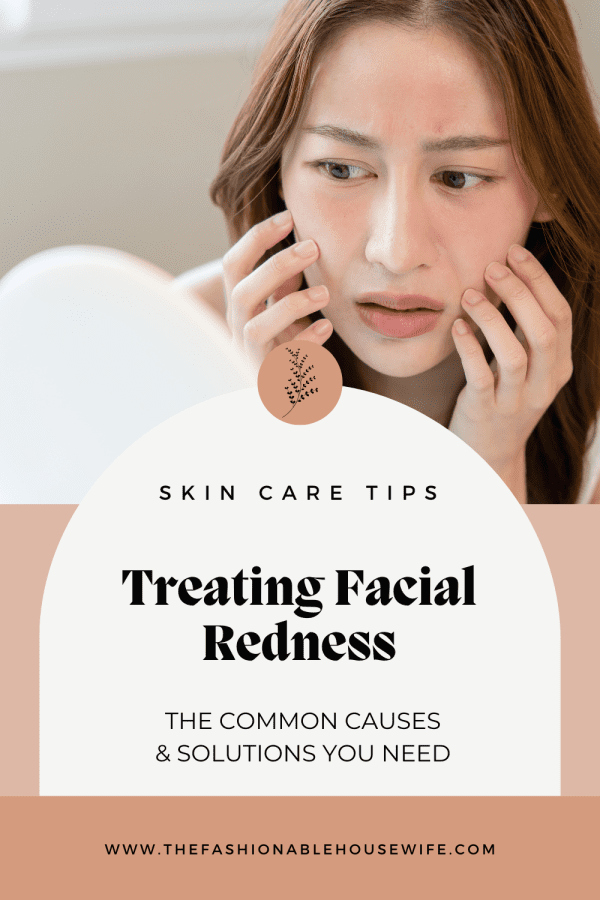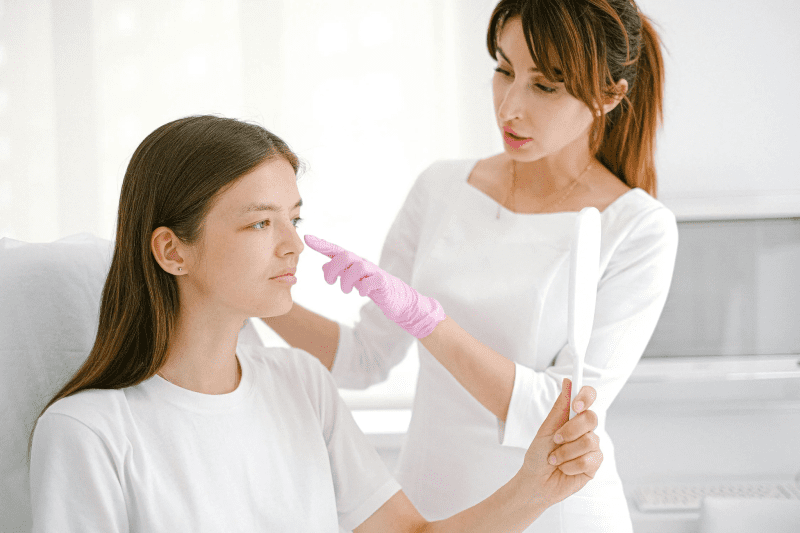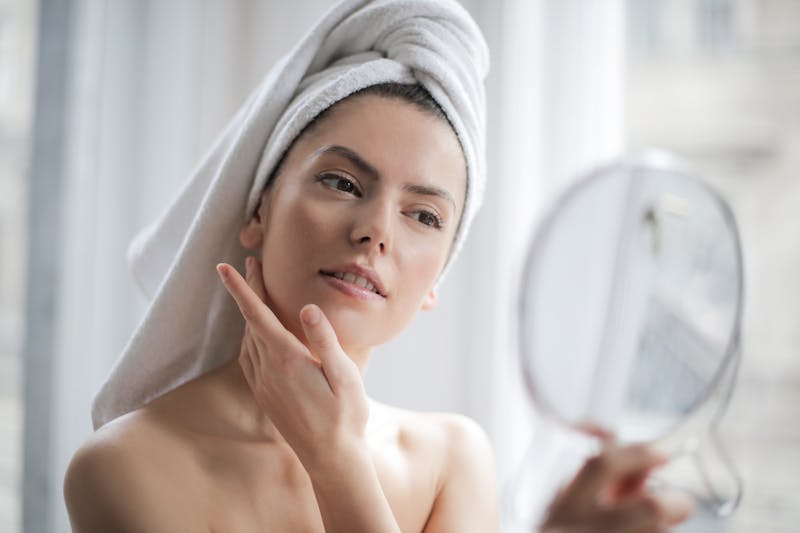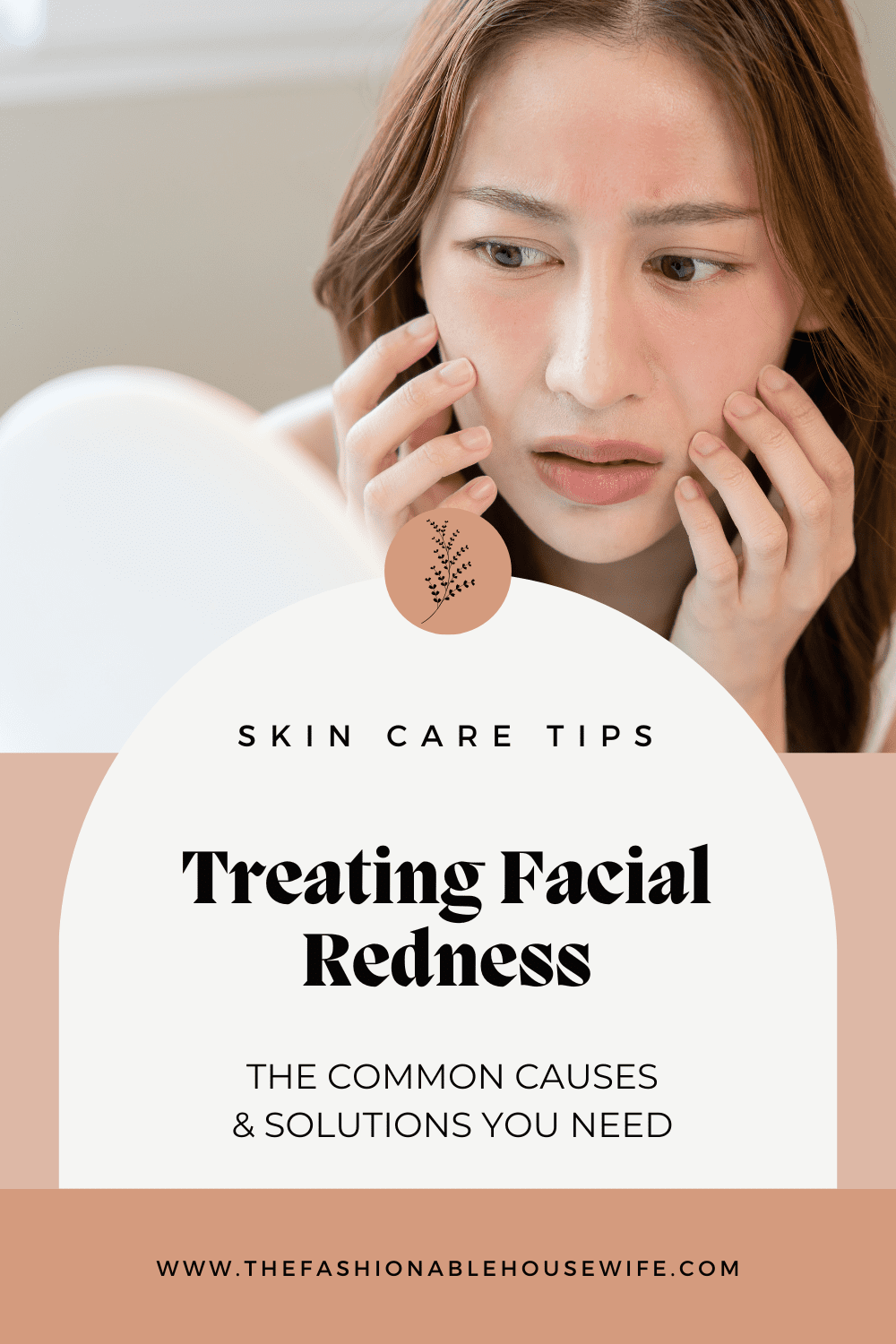Treating Facial Redness: The Causes & Solutions You Need

Facial redness is a frustrating and often embarrassing issue that affects people of all ages. Whether it’s a constant flush, visible blood vessels, or random flare-ups, the key to managing redness is understanding its root cause. By identifying what triggers your skin’s response, you can find the best treatments to reduce irritation and restore a more even complexion. While some causes of redness are temporary, others may require long-term management and treatment.
Common Causes of Facial Redness

Rosacea
Rosacea is a chronic inflammatory skin condition that causes persistent redness, visible blood vessels, and sometimes acne-like bumps. It’s most common in fair-skinned individuals and tends to worsen with age. The exact cause is unclear, but it is believed to be linked to genetic and environmental factors. Common triggers include:
- Sun exposure
- Spicy foods
- Alcohol
- Temperature extremes
- Emotional stress
- Certain medications
Avoiding these triggers, using gentle skincare, and seeking professional treatments can help manage rosacea symptoms effectively.
Telangiectasia
Telangiectasia refers to small, dilated blood vessels close to the skin’s surface. This condition is often caused by:
- Sun damage
- Genetic predisposition
- Long-term use of corticosteroids
- Certain medical conditions
These tiny blood vessels can appear on the nose, cheeks, and other areas, contributing to overall facial redness. Although harmless, many individuals pursue treatment for aesthetic purposes.
Other Causes
- Seborrheic dermatitis – Red, scaly patches, often on the face due to overgrowth of yeast on the skin.
- Allergic reactions – Irritants from cosmetics, soaps, or skincare products can cause redness and inflammation.
- Acne and inflammatory conditions – Breakouts and inflamed pimples can contribute to redness and irritation.
- Hormonal changes – Menopause, pregnancy, and hormonal imbalances can trigger increased redness and sensitivity.
Identifying Triggers of Skin Redness
Understanding what causes your skin to react is essential in controlling facial redness. Keeping a trigger diary can help pinpoint what worsens the condition. Common culprits include:
- Weather extremes (hot or cold)
- Spicy foods and alcohol
- Harsh skincare products
- Emotional stress
- Hot showers or baths
- Certain medications, such as blood pressure drugs
Once you identify personal triggers, avoiding them or minimizing exposure can lead to noticeable improvements in your skin’s appearance.

Treatment Options for Facial Redness
Topical Treatments for Facial Erythema
- Prescription creams – Metronidazole and azelaic acid help reduce inflammation and redness in conditions like rosacea.
- Over-the-counter options – Look for anti-inflammatory ingredients like niacinamide, green tea extract, and licorice root to calm the skin.
- Barrier repair creams – Strengthening the skin’s barrier with ceramides and fatty acids can help prevent irritation and sensitivity.
Laser Therapy for Skin Redness
Laser treatments, such as pulsed dye laser (PDL) and intense pulsed light (IPL), effectively reduce visible blood vessels and persistent redness. These treatments target blood vessels under the skin’s surface, reducing their appearance over multiple sessions.
Rosacea Treatment Options
- Prescription medications (oral and topical) can help reduce inflammation and bacterial overgrowth.
- Lifestyle adjustments, such as using a daily SPF and avoiding triggers, can prevent flare-ups.
Telangiectasia Causes and Remedies
Protecting skin from the sun and managing hormonal influences can help minimize telangiectasia. In some cases, professional treatments like sclerotherapy and laser therapy can offer effective solutions. For those in Florida dealing with stubborn redness, Telangiectasia Treatment in Fort Lauderdale provides specialized care to help manage and reduce visible blood vessels.
Sensitive Skin Care Routines
- Use gentle, fragrance-free cleansers to avoid irritation.
- Avoid harsh exfoliants, scrubs, or alcohol-based toners.
- Opt for hypoallergenic skincare products that do not contain synthetic fragrances or dyes.
- Apply a soothing moisturizer with ceramides and oat extract to help maintain hydration.
Anti-Inflammatory Skincare Ingredients
Adding these ingredients to your routine can help calm redness and inflammation:
- Niacinamide – Helps minimize redness and reinforces the skin barrier.
- Chamomile – Has soothing properties that calm irritation.
- Green tea extract – A powerful antioxidant that reduces inflammation and protects against environmental damage.
- Aloe vera – Helps to cool and hydrate sensitive skin.
Managing Facial Flushing Episodes
- Apply cool compresses to the face during a flare-up.
- Practice deep breathing techniques to manage stress-related redness.
- Avoid overheating by staying hydrated and using fans or cooling towels.
- Consider medications that help reduce flushing, such as beta-blockers or anti-inflammatory drugs prescribed by a doctor.
Sun Protection for Redness-Prone Skin
Sun exposure is one of the biggest triggers for facial redness. To protect your skin:
- Use sunscreen with SPF 30+ (preferably mineral-based, such as zinc oxide or titanium dioxide).
- Wear protective clothing and wide-brimmed hats to shield your face.
- Seek shade during peak sun hours to prevent flare-ups.
- If staying outdoors, reapply sunscreen every two hours.
Dietary Influences on Skin Inflammation
What you eat can directly affect your skin’s sensitivity and inflammation levels. To improve skin health:
- Reduce intake of trigger foods (spicy foods, alcohol, hot beverages, caffeine).
- Eat omega-3-rich foods (salmon, flaxseeds, and walnuts) to help strengthen the skin barrier.
- Increase antioxidants (berries, green tea, leafy greens) to fight oxidative stress and inflammation.
- Stay hydrated by drinking plenty of water to maintain skin moisture levels.

When to Seek Professional Help
If facial redness persists, worsens, or is accompanied by other symptoms such as swelling, itching, or pain, consult a dermatologist for evaluation. Professional treatments such as prescription medications, in-office procedures, and lifestyle guidance can significantly improve symptoms.
By identifying triggers, following a gentle skincare routine, and considering professional treatments, you can take control of facial redness and restore confidence in your skin.
FAQs
What is the best over-the-counter product for facial redness?
Look for products with niacinamide, green tea extract, or aloe vera. These ingredients help soothe inflammation and strengthen the skin barrier.
Can stress cause facial redness?
Yes. Emotional stress can trigger flare-ups, especially in people with rosacea or sensitive skin. Managing stress through relaxation techniques and mindfulness can help reduce redness.
How do I know if my facial redness is rosacea or another condition?
Rosacea often includes persistent redness, visible blood vessels, and occasional acne-like bumps. If you’re unsure, a dermatologist can provide a proper diagnosis and treatment plan.
Are there any home remedies that can help with facial redness?
Applying a cold compress, drinking chamomile tea, and using soothing face masks with honey or oatmeal may help calm redness naturally.
Is laser therapy safe for treating facial redness?
Yes, when performed by a qualified professional. Pulsed dye laser (PDL) and IPL are effective in reducing redness and visible blood vessels with minimal downtime.
Does diet really affect facial redness?
Absolutely. Spicy foods, alcohol, and caffeine can trigger redness, while anti-inflammatory foods like fish, leafy greens, and berries may help improve skin health.

